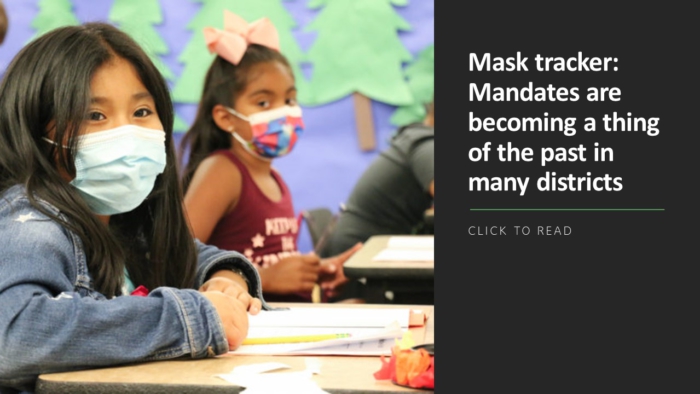Artificial intelligence and machine learning are everywhere—from smartphones and e-commerce to virtual assistants and chatbots. And it is a given that it will become far more prevalent in the future as new technologies emerge and automation pushes the bounds of what is possible—from self-driving cars to hyper-personalized medical care.
In the education space, McKinsey notes that 40% of all tasks done by elementary school teachers could be automated by 2030. That might be a stretch, but maybe not given its fast rise across many sectors. One study shows that 25% of all jobs in eight years will be performed by robots, not humans.
Those sea changes have led Rachelle Dene Poth, Spanish and STEAM Teacher at Riverview School District in Pittsburgh, to do some exploration with emerging tech and how it might be incorporated and discussed with students, who are already very much immersed in it. She shared her thoughts and ideas to help educators embrace AI and other realms Friday at the Future of Education Technology Conference in Orlando.
“Some people are asking, is it going to replace teachers? Is it going to automate processes? It’s already happening,” Poth said during her session Artificial Intelligence in Education: What Do We Need to Know? “It’s going to shift people into other jobs. So for us, with our students, what I think is most important is getting them to understand, what is AI? What are the benefits and what are the concerns when it comes to like ethics and security.”
One ethical question is how far AI will go in shaping the next generation of students. In China, for example, some schools are using headsets on children that track whether they are paying attention in class and retaining information. Those that don’t comply have alerts sent to parents, raising huge questions about privacy and security. But improved AI in the U.S. might never get to that point, instead being key to further personalized, collaborative and peer-to-peer learning for students as it becomes more widely infused.
It also might help schools and students perform better. On the administrative side, it can help improve efficiencies, such as transportation issues. In the classroom, those technologies will help spark more creative learning and engaging conversations. “It does make life easier,” Poth said, pointing to other helpful tech such as personal translation of other languages and more highly immersive experiences, such as gaming and virtual reality.
So how easy is it for educators to get started teaching and learning about AI?
“Sometimes I just ask students, what is AI? Are you interacting with AI? What are some examples of AI?” Poth said. “And we have a conversation, and I get all their curiosities. Then I’ll start with a book or a video. They’re doing their own research. I guarantee I’m going to learn something from them because you can’t possibly keep up with all of it.”
One book that can be helpful for those just getting started is the Fundamentals of Artificial Intelligence by K.R. Chowdhary. Three other resources that Poth recommends are Microsoft AI for Good, which has activities for teachers; IBM’s Chatbots for Good that helps impart design thinking and empathy; and Google AI Experiments which has projects around AI, AR and VR. Two machine-learning options that can show students quickly how intuitive the technology has become are Google’s Quick, Draw, in which the network recognizes a rudimentary drawing before it has finished (though it might make several false guesses—think charades) and Auto Draw. Another is fun activity is Akinator, an app that offers a 20 questions-style game that tries to guess what you’re thinking.
But there are thousands of everyday examples where AI is present—from Siri and Alexa to Netflix—that can help foster ideas and get started. No matter what, Poth said, educators should dive in because it is “fascinating” and it is the future.
“You just need to know enough to start and learn along with students,” she said. “The most important thing is giving them that opportunity. Four years ago to now, I know a lot more, but I’m still not an expert. I really love learning with students and trying to imagine what the world will be like when they’re my age, compared to when I was their age in 8th grade in 1984.”









